People often ask me what is the best way to start bird watching. The answer is to just start looking at birds, get some binoculars to make seeing birds easier but there is no need to spend a vast amount of money on them to begin with. Just get out, watch birds, enjoy their variety of colours, shapes and behaviour using a field guide to help you put a name to the birds that you see. Don't worry about making mistakes, we all do that. Even after 40 years of birding I still make the odd mistake, beginners should not worry about that, it is part of the learning process.
I have led birding tours since 2007 and this allows me to share my experience of birds with others but to do this with a larger number of people I make short videos about birds which anyone can watch on Youtube. I make several types of birding videos.



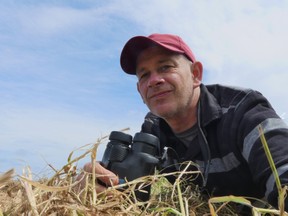 For those who wonder what equipment I use you can see in the list that follows.
For those who wonder what equipment I use you can see in the list that follows.



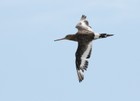
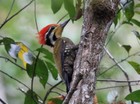
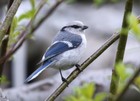

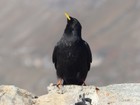
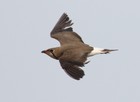
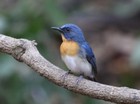
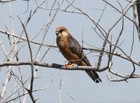
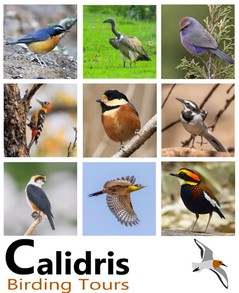
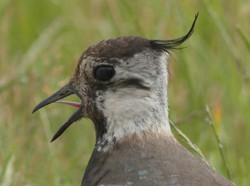

 Birding in Uzbekistan Highlightson 06/10/2025
Birding in Uzbekistan Highlightson 06/10/2025
 Sri Lanka Birding Tour Highlightson 05/28/2025
Sri Lanka Birding Tour Highlightson 05/28/2025
 South Korea Winter Birding Tour Highlightson 05/29/2023
South Korea Winter Birding Tour Highlightson 05/29/2023
 Birding In Asia - Top Bird Watching Locationson 04/05/2020
Birding In Asia - Top Bird Watching Locationson 04/05/2020
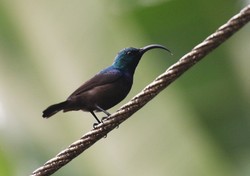
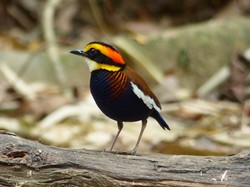
Comments
Indeed. Both peaceful, outdoor activities. I find gardening increasingly attractive a pastime too these days.
Great pictures. I see that birding is to you what gardening is to me, and that is good.
TY Nick. Your photos are beautiful.
There are so many new facts here for me to absorb. ...esp the unique organ syrinx .
Fascinating. Ty
Absolutely. Without birding my mental health would have been totally shattered through the lockdowns that have destroyed my life.
Birding is a healthy recreation and creates interest in conservation among the people. I have been birding for many years as a nature guide. I get little time now but thanks for this wonderful page.
https://indian-birds-guide.blogspot.com/
Thanks, everyone loves Puffins.
nickupton, Thank you for practical information, pretty pictures and product lines.
It appears from your profile that you have Thailand and UK connections. Are you self-taught in both places? Do you have regular bird visitors throughout your day (such as the equivalent of the day beginning and finishing here with mourning dove calls)?
Wildlife mapping here is such a rewarding experience. Now I know resident birds, such as big blue herons, and visiting birds, such as rusty blackbirds. Unfortunately, over the past two decades, the most audible, most visible migrations tend to be only those of Canada geese (although I find their calls, landings, maneuvers, take-offs fascinating). Otherwise, I no longer witness exactly how and with whom the osprey settled around the maple- and sycamore-treed ephemeral pond in back.
Nick
What a beautiful page. Ty for posting. I am especially impressed by your own bird photography. I did not know that birds can make different sounds at once. Fascinating. Ty .... esp for the Puffins :)
Your experience with migratory birds is sadly the same all over the world; an ever-decreasing number. You are right about using the car. Quite a lot of the footage I have shot has been leaning out of the car window after driving slowly towards the birds where this allows. Getting to different locations is certainly the key to seeing a wide variety iof species and also in getting close enough to photograph and video them.
We have an abundance of large birds, some seasonal, in this area as well as smaller birds. The larger ones can be observed from a car. On one trip through a swampy area I observed several bald eagles, and two nests. These were visible from the highway, and their young appeared annually. In addition to a multitude of ducks of which we have quite a variety I have observed geese, egrets, blue heron, pelicans (usually brown but for a few years a flock of white pelicans that used a certain pond as a hatchery), and in early hours of dawn an occasional owl. In addition turkey buzzards often can be found feasting on road-kill. Part of observing different birds is location, the variety can be location specific. Small birds in this area are pigeons, bob whites, sparrows, woodpeckers, wild parrots, crows, blue jays, mocking birds, cardinals, and robins, some of which are year round and others are seasonal. I am certain if others list their local brds their lists would be quite different. In the 50s I could stand in my yard are watch large migrations in their V-formations fill the sky, now migrations are limited to no more than three formations.